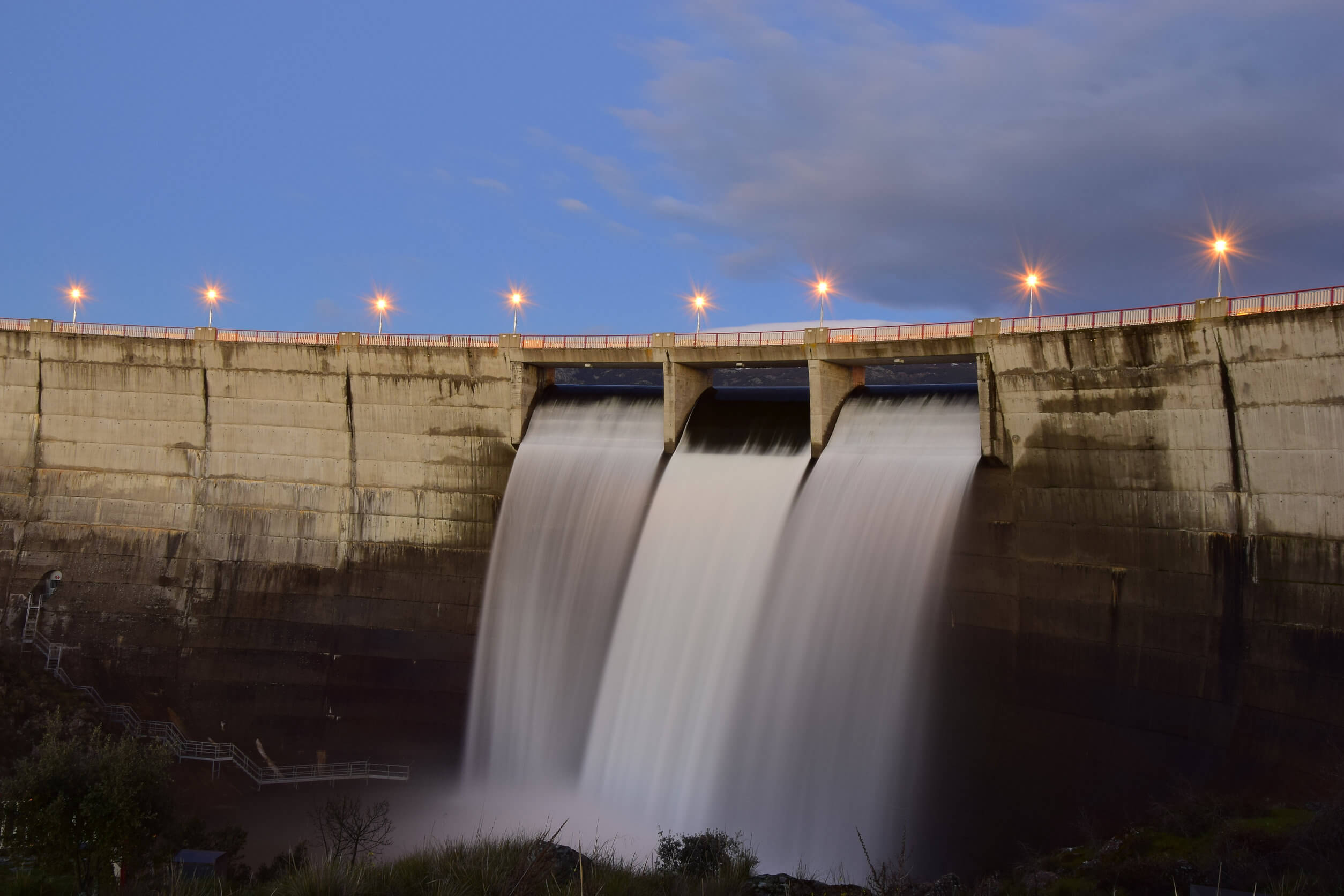It was a defining moment. Leaders from more than 190 countries assembled in Scotland yesterday, along with thousands of supporting ministers, senior advisors and negotiators. UN Secretary General António Guterres welcomed them to COP26 – the 26th United Nations Climate Change Conference – and then challenged them to collectively up their greenhouse-gas-cutting game.
It seems Canada is responding to that call. Steven Guilbeault, the newly minted minister of environment and climate change, is in Glasgow and knows a thing or two about climate leadership. This is not Minister Guilbeault’s first rodeo; he has been to 19 UN climate summits.
Canada has committed to reducing greenhouse-gas emissions by 40% to 45% below 2005 levels by 2030, and our government has pledged to decarbonize the economy by 2050. It also recently committed to achieving a 100% net-zero-emissions electricity sector by 2035. And waterpower will be central to delivering the goods on this agenda.
We have a strong base to build on, but getting to that zero-carbon grid will require a great deal of collaboration and negotiation between different industries, utilities and governments. That’s why, two weeks ago, my organization, WaterPower Canada, joined up with five other associations to form Electricity Alliance Canada. The coalition represents the leading suppliers of electricity to consumers and markets in Canada. All of us will work together to promote the power of electrification.
Hydro is already the backbone of Canada’s enviably clean electricity grid. Water flowing through turbines produces close to 90% of Canada’s renewable electricity, and 60% of the country’s electric needs are powered by water.
Nonetheless, despite having a grid that is 80% non-emitting, Canada’s decarbonization strategy hinges on electrification – the repowering of almost everything in our society that today burns fossil fuels to instead run on zero-emissions electricity. This will mean cars, buildings, factories and more. Efficiency will play an important role in meeting this demand surge, of course. With only 20% of our energy end-use currently electrified, transitioning everything at scale will require us to generate a great deal more new zero-emissions electricity. According to the federal government, Canada may need to double or even triple its capacity.
Some Canadian provinces, such as Saskatchewan, Alberta and Nova Scotia, generate electricity from fossil fuels, and those jurisdictions will soon want to clean up their grids and transition fossil fuels to, ideally, renewables such as wind and water. In those places and elsewhere, Canada’s waterpower fleet stands ready to not only deliver new capacity, but also help smooth and balance the load for variable renewables such as wind and solar.
Domestic electrification will drive demand for new zero-carbon electricity, but so will global markets. As policy-makers increasingly forge ahead with carbon pricing, markets will look to produce goods and services with very low-carbon electricity. Canada’s extensive waterpower fleet will make Canada an attractive destination for investment as these electrons remain the most affordable, flexible and dispatchable form of electricity. We are already seeing this with the growing number of data centres setting up operations in provinces like Quebec. Thanks in large part to this nation’s abundant, cost-competitive, low-emissions waterpower, a 2020 IT industry index, compiled by the New Statesman Media Group, recently ranked Canada the top destination for such facilities.
There is plenty of momentum to build on. We can see it in developments ranging from rapidly growing electric vehicle adoption, to cutting-edge efforts to electrify high-intensity industrial processes such as steel manufacturing and investments in green hydrogen. Whatever new commitments our government brings back from Glasgow, Canada’s waterpower industry is prepared to make them happen.
Anne-Raphaëlle Audouin is the president & CEO of WaterPower Canada.







